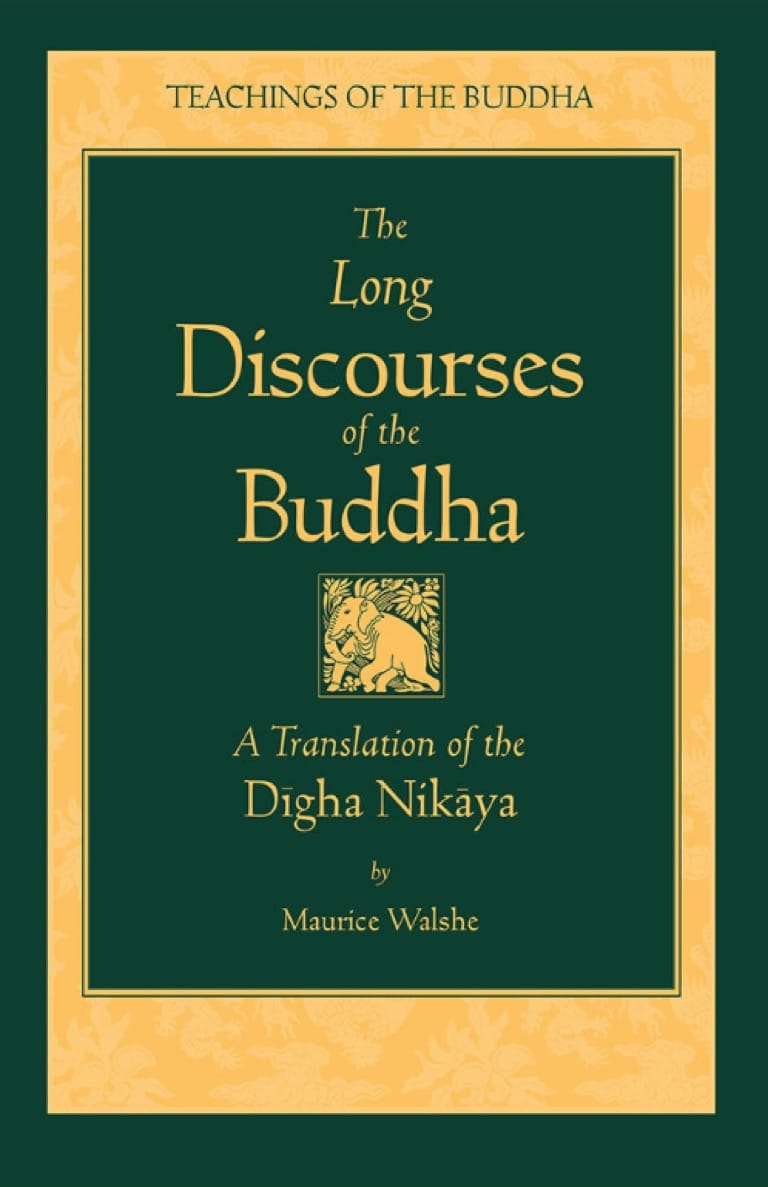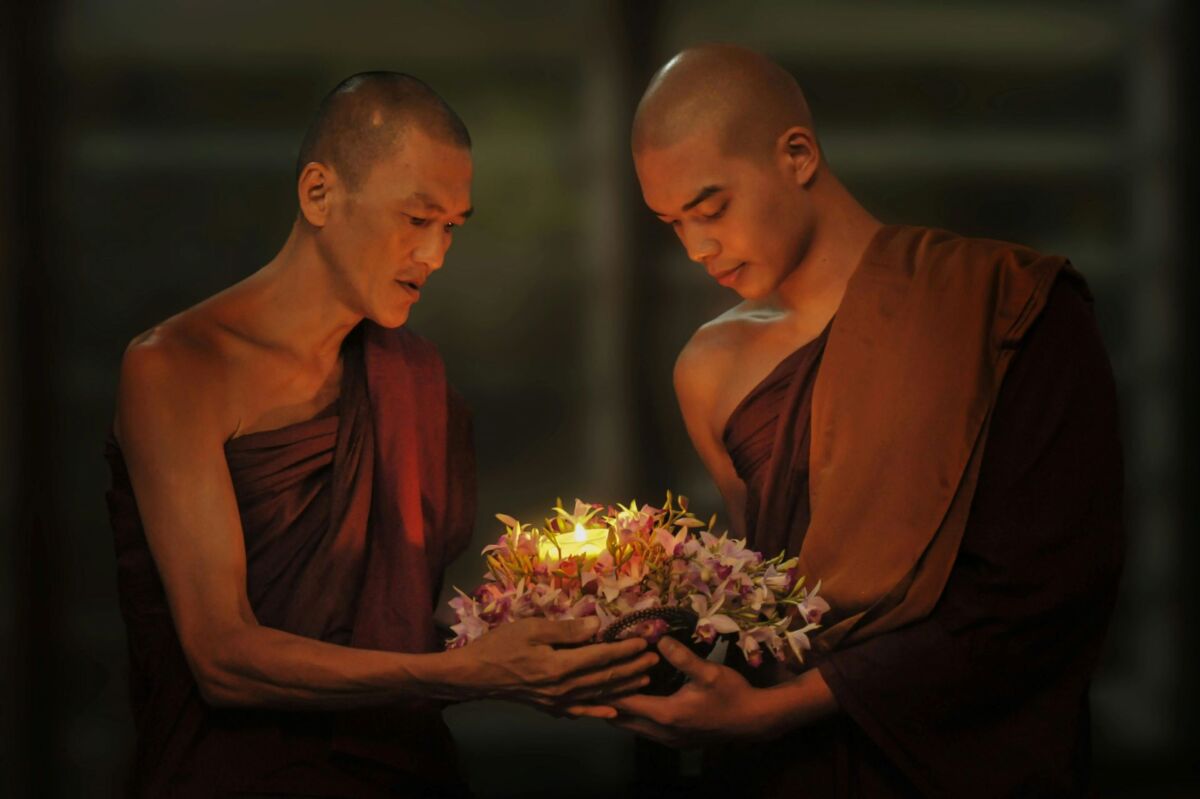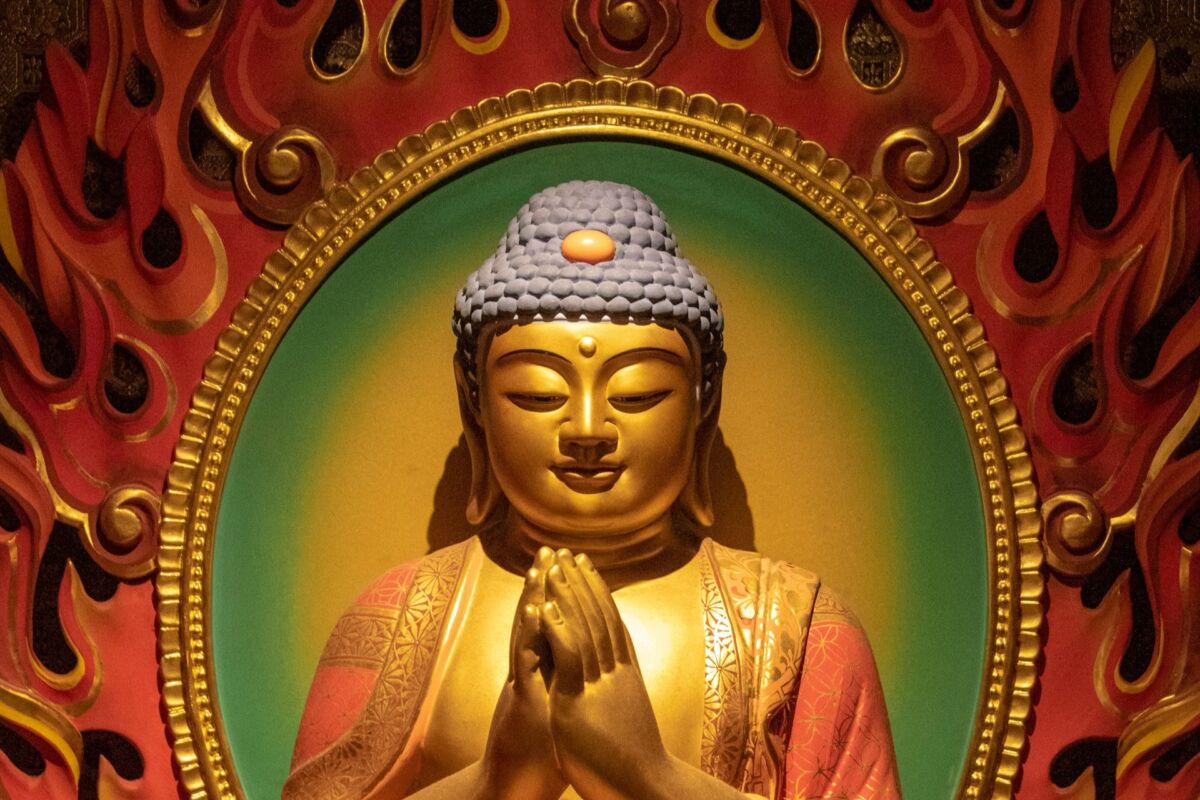Nirvana is considered the ultimate goal of Buddhist practice and the pinnacle of the Four Noble Truths and the Noble Eightfold Path. But its exact definition remains ever elusive.
“It has been said by one witty scholar that all we have to go on is our misconception of Nirvana, because until we have realised it we cannot know it as it really is,” writes Maurice Walshe in his translation of The Long Discourses of the Buddha.
We can stop here, but exploring different views on this topic will help us gain a deeper understanding of the Buddha’s teachings. For example, many Western scholars believe that Nirvana is “a total extinction.” Walshe, however, disagrees:
It would be odd indeed if Buddhists were supposed to have to tread the entire path right up to the attainment of [enlightenment] merely in order to finish up with that total obliteration which the materialists, and many ordinary people today, assume to occur for all of us, good, bad and indifferent, at the end of our present life.

Walshe follows up with the etymology of the term Nirvana from which this misconception stems:

FREE Self-Test: How Spiritual Are You?
It is true, some colour is given to this idea by the etymology of the term (nir + Vvā = ‘blowing out’ as of a lamp). Contrasted with this, however, we find other very different descriptions of Nirvana. Thus in [one Buddhist sutra] it is used for ‘the highest happiness’, defined as the indulgence in the pleasures of the five senses – obviously a non-Buddhist use of the word, though it is not otherwise attested in pre-Buddhist sources.
Then he notes that this leads to two contradictory meanings of Nirvana which occur in ancient Buddhist texts:
1. ‘extinction’, 2. ‘highest bliss’.
Walshe writes that in considering this contradiction, we need to keep in mind the words of the Venerable Nyanatiloka who wrote the following in his Buddhist Dictionary:
One cannot too often and too emphatically stress the fact not only for the actual realization of the goal of Nirvana, but also for a theoretical understanding of it, it is an indispensable preliminary condition to grasp fully the truth of Anatta, the egolessness and insubstantiality of all forms of existence. Without such an understanding, one will necessarily misconceive Nirvana — according to one’s either materialistic or metaphysical leanings — either as annihilation of an ego, or as an eternal state of existence into which an Ego or Self enters or with which it merges.
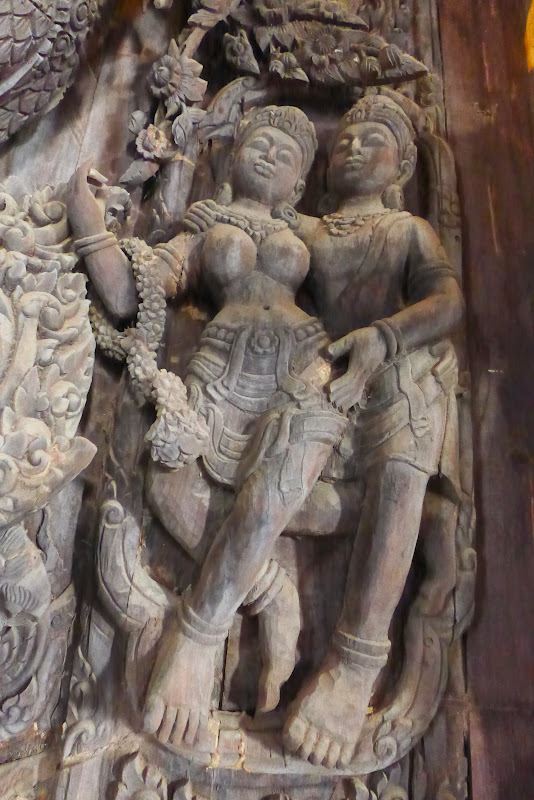
With this in mind, Walshe goes on to caution against making Niravana a topic of purely scholarly discussion:
While scholars will continue to see it as part of their task to try to understand what the Buddha meant by Nirvana, they should perhaps have sufficient humility to realise that this is something beyond the range of purely scholarly discussion.
And yet, for those who need something to hold on to, he offers this explanation:
Nirvana is indeed the extinction of the ‘three fires’ of greed, hatred and delusion, or the destruction of the [four] ‘corruptions’ … of sense-desire, becoming, wrong view and ignorance. Since the individual ‘self’ entity is not ultimately real, it cannot be said to be annihilated in Nirvana, but the illusion of such a self is destroyed.

Walshe concludes by noting that while Nirvana is hard to define it can be realized, and its realization is the aim of the Buddhist practice. Then he quotes the Buddha’s definition of Nirvana from the ancient text called Udana:
There is, monks, an Unborn, Unbecome, Unmade, Uncompounded (ajātaṁ abhūtaṁ akataṁ asankhataṁ). If there were not this Unborn…, then there would be no deliverance here visible from that which is born, become, made, compounded. But since there is this Unborn, Unbecome, Unmade, Uncompounded, therefore a deliverance is visible from that which is born, become, made, compounded.

FREE mindfulness resources for stress relief
Complement this definition of Nirvana from The Long Discourses of the Buddha with our articles on the Four Noble Truths and the Noble Eightfold Path of Buddhism and then revisit the four reasons why the Buddha started his spiritual journey.
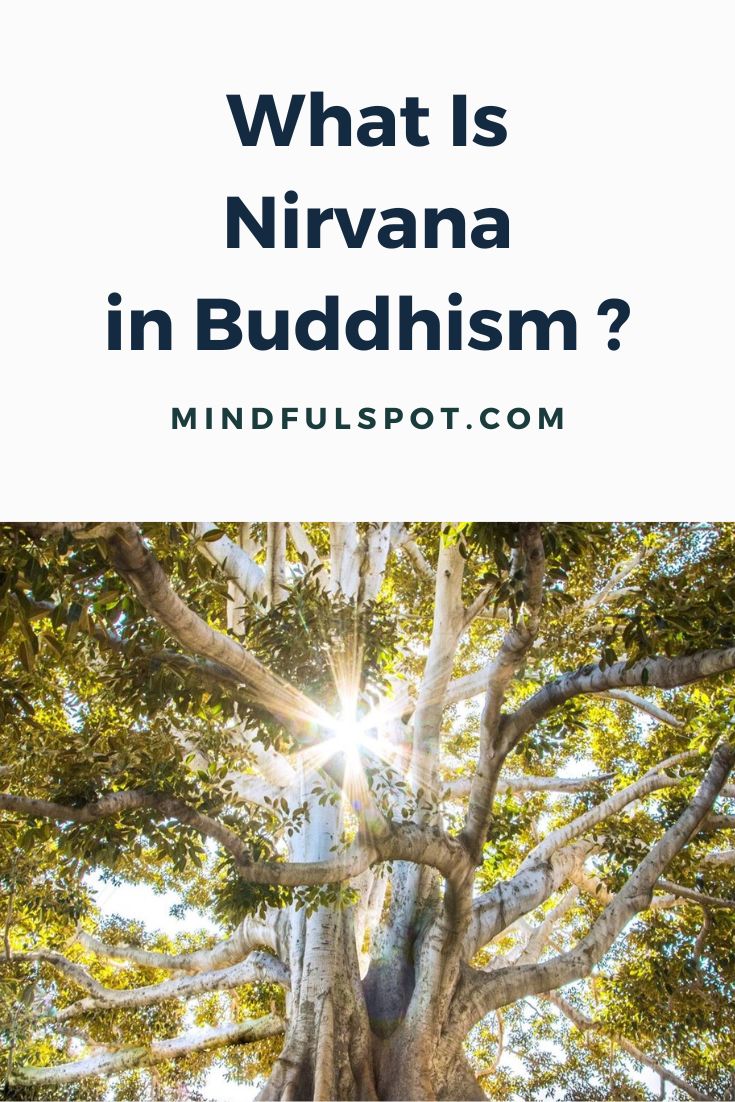
I’m a freelance writer and mindfulness advocate behind this blog. I started my meditation practice in 2014, and in 2017 I launched this website to share what I learn with others. Here are the three things you can do here:
1. Schedule a free consult if you want to learn Buddhist meditation.
2. Download free mindfulness resources for stress relief
3. Join Patreon for exclusive content and community meetings.


